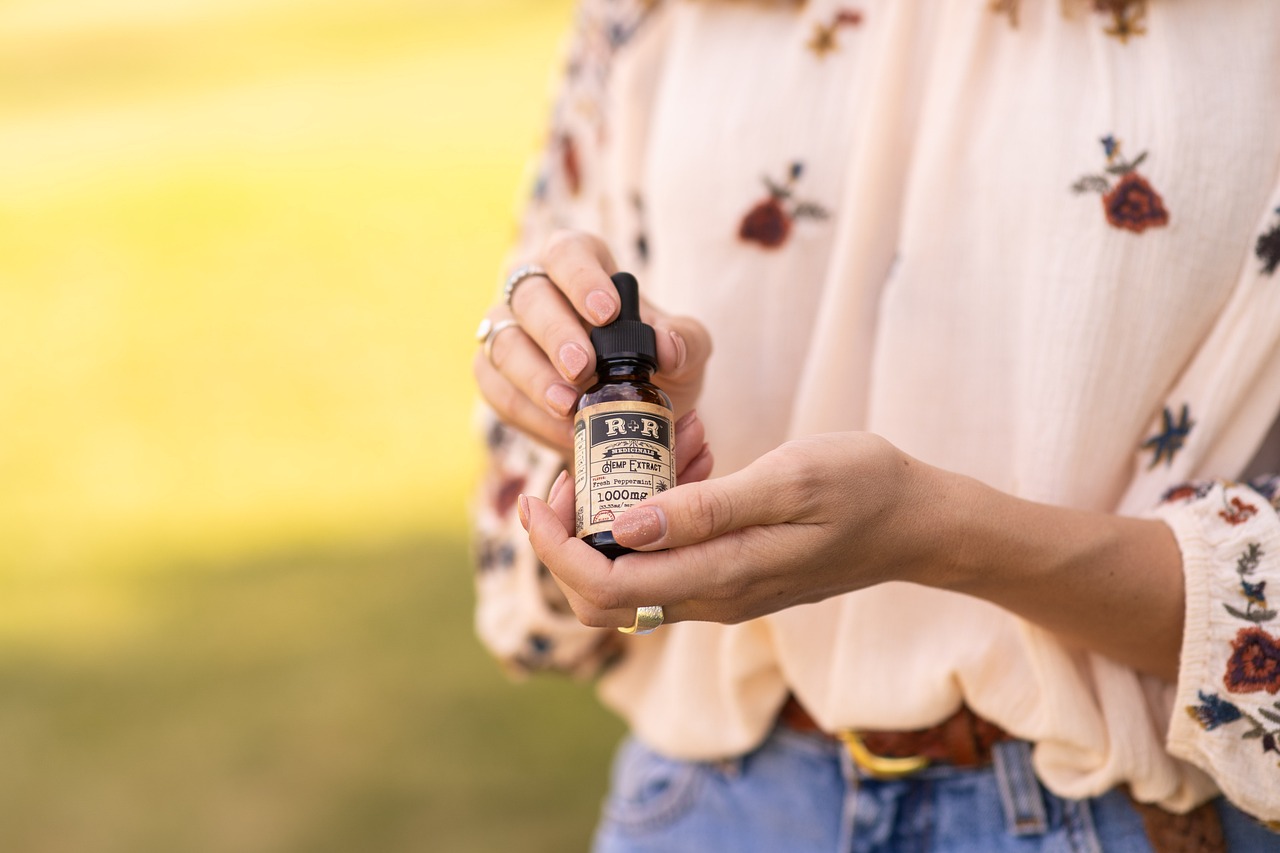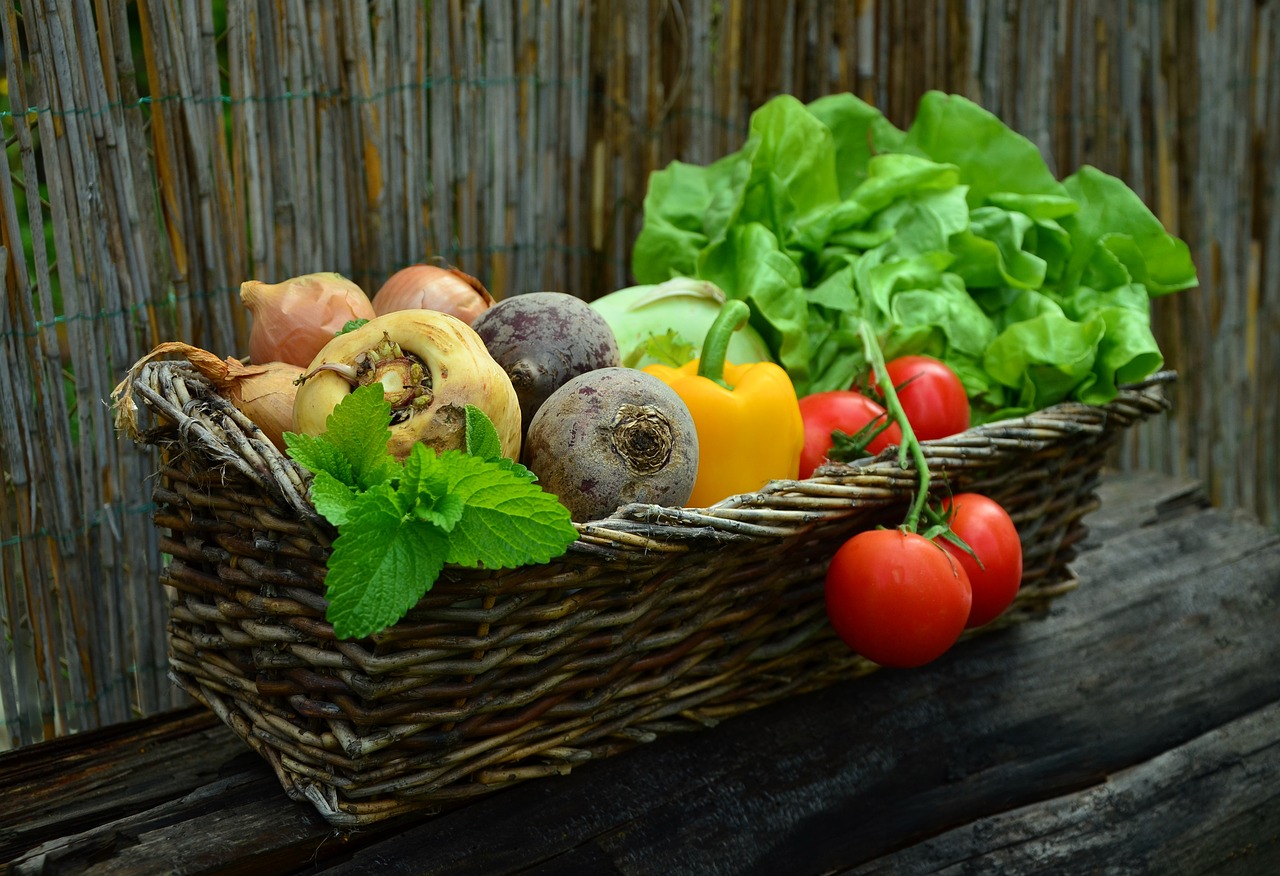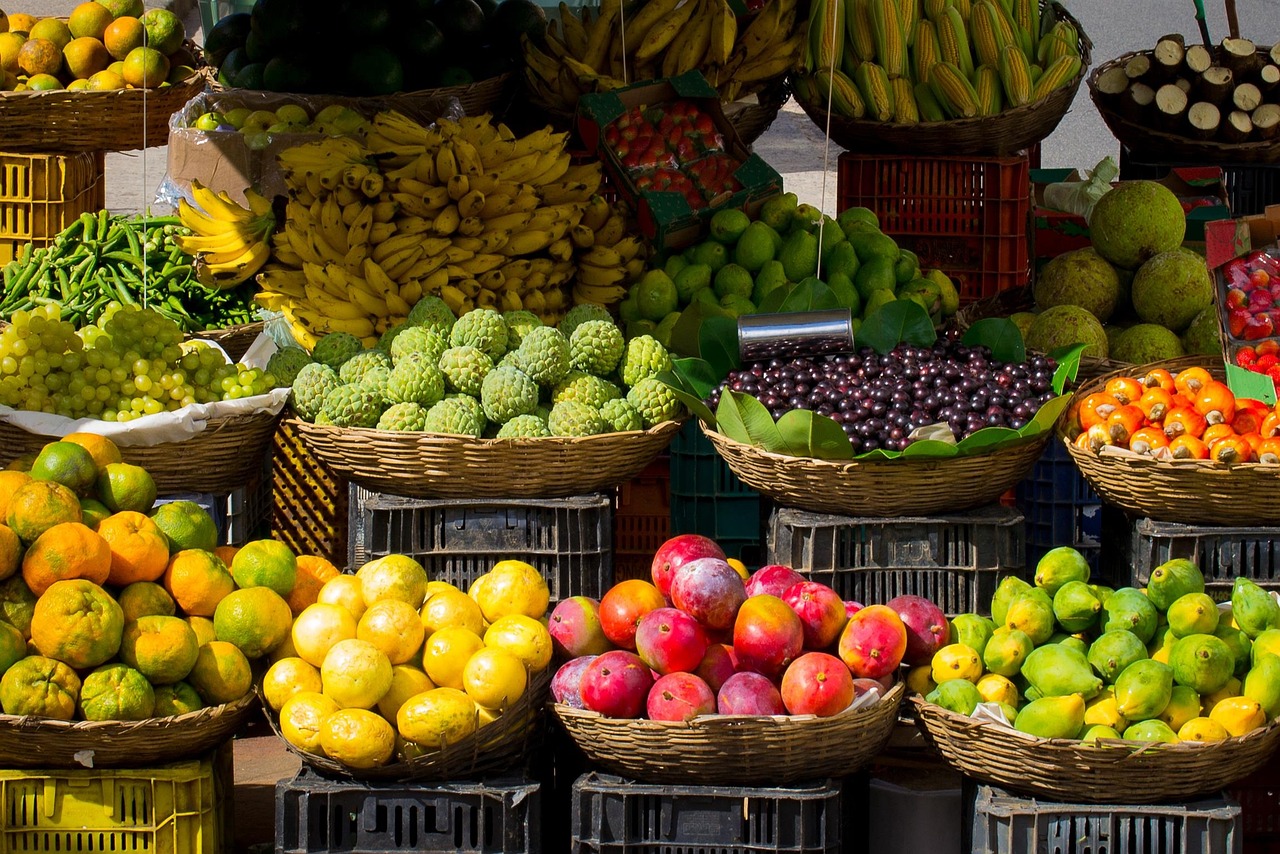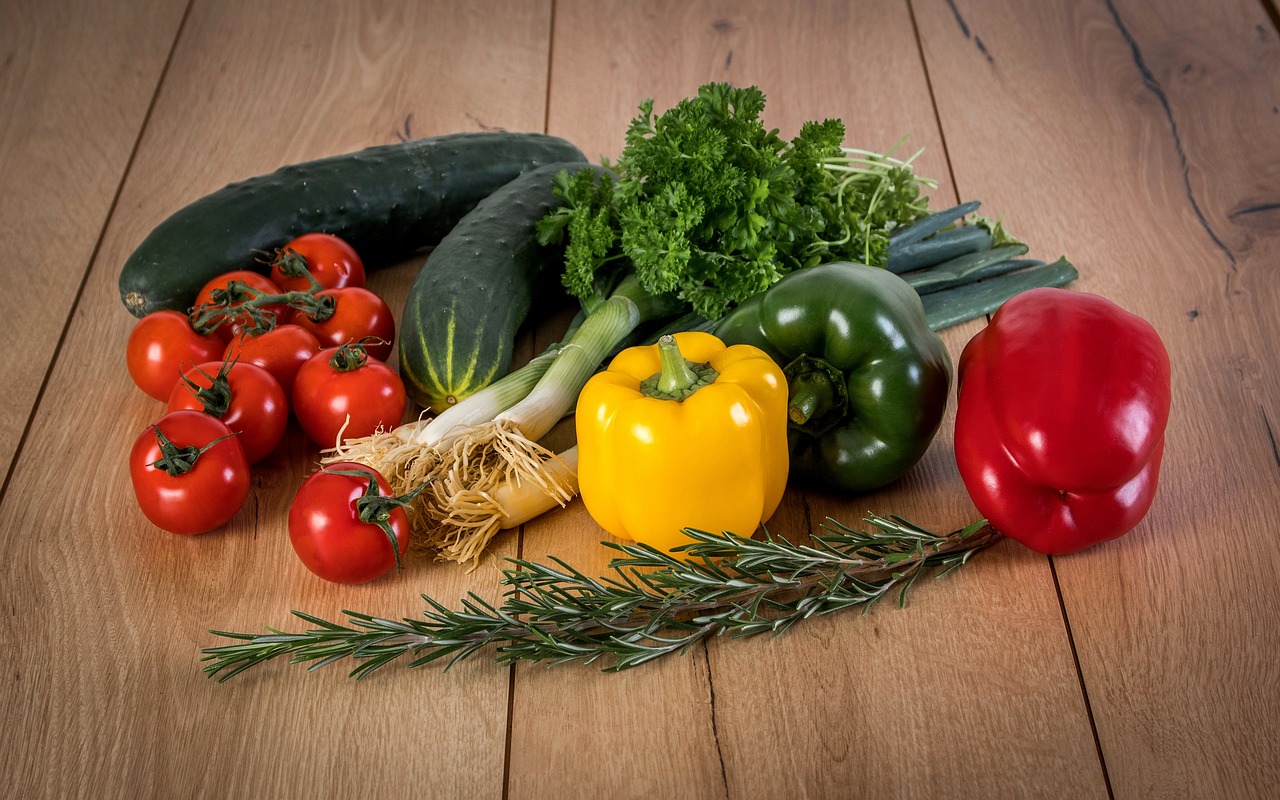-

Organic Hemp Cultivation and Production
As the world leans more towards sustainability and healthier alternatives, the popularity of organic hemp cultivation and production is on the rise. The versatility of…
-

A Buyer’s Guide to Quality CBD Oil
In today’s rapidly expanding wellness market, CBD oil has emerged as a star player. The non-psychoactive derivative of the cannabis plant has won hearts worldwide…
-

The Art of Extraction and the Importance of Organic Hemp
Imagine a plant that has the potential to revolutionize industries, from textiles and nutrition to wellness and skincare. A plant that’s not only versatile but…
-

The Global Landscape of CBD Legality: An Overview
As the world becomes increasingly interconnected, the conversation around CBD and its potential benefits has reached a global audience. Derived from the cannabis plant, CBD…
-

CBD Oil: Benefits, Uses, and All You Need to Know
In recent years, the wellness world has been captivated by a compound derived from the cannabis plant known as cannabidiol, or CBD. One popular form…
-

Unveiling the Health Benefits of CBD from Hemp
The world of wellness has been abuzz with the term ‘CBD’ over the past few years. Derived from hemp, cannabidiol (CBD) has been touted for…
-

Organic Hemp: A Green Revolution in Sustainable Agriculture
The cultivation of organic hemp is making waves in the agricultural industry, providing eco-friendly solutions that are shaping the future of sustainable farming. With its…
-

Why local, organic?
Glyphosate’s Suppression of…the Gut Microbiome: Pathways to Modern DiseasesRoundup (active ingredient= Glyphosate) is the most commonly used herbicide in the world and is generally thought to be safe for humans.
-

A Market Is Born
One crisp morning in April of 2011, a conversation might have been overheard between two neighbors on the southeast side of Ann Arbor. A snip-it…
-

Around the Kitchen Table
Welcome to our kitchen table…….where we eat the Slow Food way! Slow Food is a global grassroots movement dedicated to preserving regional food traditions, the…